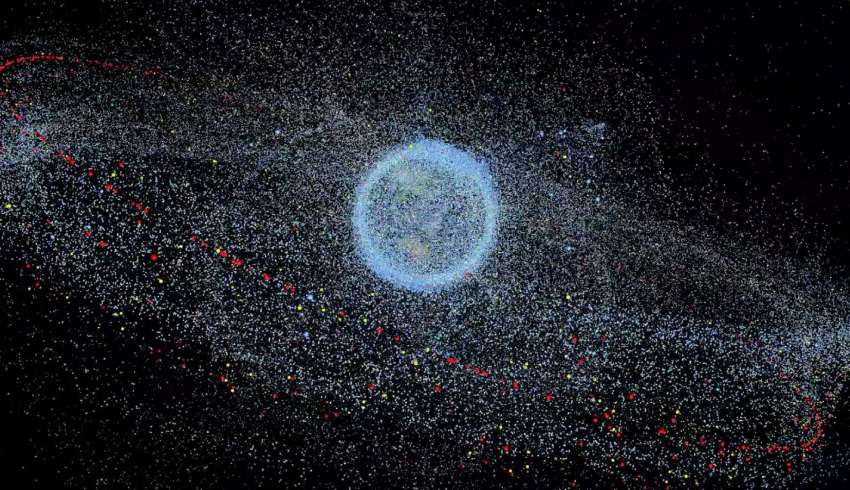
The European Space Agency (ESA) has unveiled a groundbreaking “health index” to monitor the state of Earth’s space environment. This initiative emerges in response to escalating concerns about space congestion and pollution, as debris levels continue to rise despite ongoing mitigation efforts.
“The space environment health index is an elegant approach to link the global consequences of space debris mitigation practices to a quantifiable impact on the space debris environment,” stated Stijn Lemmens, ESA’s space debris mitigation analyst. Much like global temperatures serve as an indicator of climate change, this health index offers a clear metric for assessing the sustainability of the orbital environment and the impact of current missions over the next 200 years.
The Mechanics of the Health Index
The newly introduced index condenses a complex array of factors — including object size, lifetime in orbit, manoeuvring capability, and the risk of fragmentation and explosion — into a single, comprehensible score. A high score indicates greater environmental stress, while a low score signifies more sustainable practices. ESA envisions this measure functioning similarly to an “energy-efficiency rating” for satellites, providing operators and regulators with a benchmark for sustainability.
ESA’s initiative is part of its broader “Zero Debris by 2030” goal, which aims to eliminate debris generation from its missions within the decade. Over the past ten years, the agency and European researchers have meticulously linked satellite traffic, operator behavior, and orbital dynamics to develop the model that underpins the index.
Current State and Future Implications
According to ESA, the current global health index is four times worse than the level deemed sustainable under international guidelines established by the Inter-Agency Space Debris Coordination Committee in 2014. At that time, forecasts already indicated that the environment was three times riskier than ideal.
“We used the health index model to translate the mandate for a zero debris approach into numbers, identifying a path that would not exceed the orbital sustainability threshold,” explained Francesca Letizia, ESA’s space debris mitigation engineer.
Beyond scientific modeling, the index is expected to influence space mission design, licensing, regulation, and even insurance. It could guide mission planners towards safer designs, such as shorter orbital lifetimes, reliable deorbiting systems, and effective collision avoidance strategies.
A Call to Action
ESA has warned that the challenge of space debris cannot be deferred. Each new object added to orbit exacerbates long-term risks, and fragmentation events today will shape conditions for decades. The health index is positioned as a practical tool to ensure that today’s decisions safeguard tomorrow’s access to space.
As the space industry continues to grow, the index could become a cornerstone in the development of international policies aimed at maintaining a sustainable space environment. By providing a common language for assessing the impact of space activities, ESA is making the consequences of these actions more concrete and actionable.
The introduction of the space environment health index marks a significant step forward in the global effort to address the pressing issue of space debris. As the world increasingly relies on satellite technology, ensuring the sustainability of the orbital environment is more crucial than ever.







